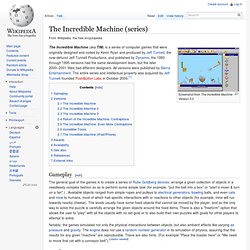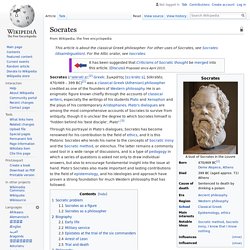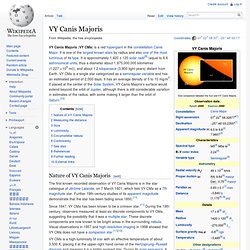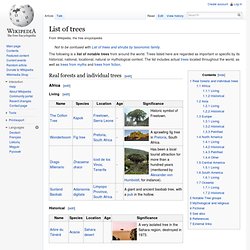

The Incredible Machine (series) Screenshot from The Incredible Machine Version 3.0 The Incredible Machine (aka TIM) is a series of computer games that were originally designed and coded by Kevin Ryan and produced by Jeff Tunnell, the now-defunct Jeff Tunnell Productions, and published by Dynamix; the 1993 through 1995 versions had the same development team, but the later 2000–2001 titles had different designers.

All versions were published by Sierra Entertainment. The entire series and intellectual property was acquired by Jeff Tunnell-founded PushButton Labs in October 2009.[1] The general goal of the games is to create a series of Rube Goldberg devices: arrange a given collection of objects in a needlessly complex fashion so as to perform some simple task (for example, "put the ball into a box" or "start a mixer & turn on a fan".) . Notably, the games simulated not only the physical interactions between objects, but also ambient effects like varying air pressure and gravity. Chip's Challenge. Chip's Challenge is a top-down tile-based puzzle video game created in 1989 by Chuck Sommerville originally for the hand-held Atari Lynx.

Chip's Challenge was then later ported to multiple formats including the Amiga, Commodore 64, ZX Spectrum,[1] DOS, and Windows, included in the Microsoft Entertainment Pack and Best of Microsoft Entertainment Pack (the last of which was written by Tony Krueger in 1991). Microsoft licensed Chip's Challenge from Epyx to write a DOS and Windows version of the game; while porting the game, the logic was slightly changed from the original version. It has also been converted to the TI-84+ calculator and the TI-89 Titanium.[2] Myers Motors NmG. Corbin Sparrow 'Pizza Butt'.

The Myers Motors NmG (formerly the Corbin Sparrow) is a single-passenger, three-wheeled, battery electric vehicle designed specifically for commuting and city driving. It was initially produced by Corbin Motors and now by Myers Motors. Socrates. Socrates (/ˈsɒkrətiːz/;[2] Greek: Σωκράτης [sɔːkrátɛːs], Sōkrátēs; 470/469 – 399 BC)[1] was a classical Greek (Athenian) philosopher credited as one of the founders of Western philosophy.

He is an enigmatic figure known chiefly through the accounts of classical writers, especially the writings of his students Plato and Xenophon and the plays of his contemporary Aristophanes. Plato's dialogues are among the most comprehensive accounts of Socrates to survive from antiquity, though it is unclear the degree to which Socrates himself is "hidden behind his 'best disciple', Plato".[3] Through his portrayal in Plato's dialogues, Socrates has become renowned for his contribution to the field of ethics, and it is this Platonic Socrates who lends his name to the concepts of Socratic irony and the Socratic method, or elenchus.
Socratic problem Nothing written by Socrates remains extant. Anekdote zur Senkung der Arbeitsmoral. Giant isopod. VY Canis Majoris. VY Canis Majoris (VY CMa) is a red hypergiant in the constellation Canis Major.

It is one of the largest known stars by radius and also one of the most luminous of its type. It is approximately 1,420 ± 120 solar radii[8] (equal to 6.6 astronomical units, thus a diameter about 1,975,000,000 kilometres (1.227×109 mi)), and about 1.2 kiloparsecs (3,900 light-years) distant from Earth. VY CMa is a single star categorized as a semiregular variable and has an estimated period of 2,000 days. It has an average density of 5 to 10 mg/m3. Featured articles. List of notable trees. The following is a list of notable trees from around the world.

Trees listed here are regarded as important or specific by its historical, national, locational, natural or mythological context. The list includes actual trees located throughout the world, as well as trees from myths and trees from fiction. Real forests and individual trees[edit] Africa[edit] Living[edit] One red paperclip. The paperclip that Kyle MacDonald traded for a house. The website One red paperclip was created by Canadian blogger Kyle MacDonald, who bartered his way from a single red paperclip to a house in a series of fourteen online trades over the course of a year.[1] MacDonald was inspired by the childhood game Bigger, Better, and the site received a considerable amount of notice for tracking the transactions.
"A lot of people have been asking how I've stirred up so much publicity around the project, and my simple answer is: 'I have no idea'", he told the BBC.[2] Trading timeline[edit] MacDonald made his first trade, a red paper clip for a fish-shaped pen, on July 14, 2005. Louis Wain. Louis Wain at his drawing table[1] Louis Wain (5 August 1860 – 4 July 1939) was an English artist best known for his drawings, which consistently featured anthropomorphised large-eyed cats and kittens.
In his later years he may have suffered from schizophrenia (although this claim is disputed), which, according to some psychiatrists, can be seen in his works.